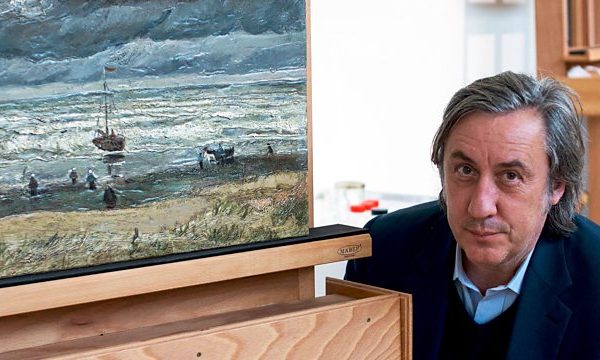Stealing Van Gogh: Andrew Graham-Dixon confronts the worlds of high art and seriously organised crime to uncover the true story behind the greatest art heist of the 21st century. In December 2002, two priceless and historically important paintings were stolen from the Van Gogh Museum in Amsterdam, in a brutal and audacious robbery by experienced, professional thieves.
But what happened to the masterpieces, and what is their use to criminals who can never sell or display them on the open market? Andrew travels across Europe, moving between the worlds of high art and low crime and meeting policemen, prosecutors and art experts to uncover just how the world of violent and organised crime makes extensive use of stolen art – and how lost masterpieces like these can be successfully recovered.
Stealing Van Gogh – Art thefts at Van Gogh Museum
In 1991, twenty paintings were stolen from the museum, among them Van Gogh’s early painting The Potato Eaters. Although the thieves escaped from the building, 35 minutes later all stolen paintings were recovered from an abandoned car. Three paintings – Wheatfield with Crows, Still Life with Bible, and Still Life with Fruit – were severely torn during the theft. Four men, including two museum guards, were convicted for the theft and given six or seven-year sentences. It is considered to be the largest art theft in the Netherlands since the Second World War.
In 2002, two paintings were stolen from the museum, Congregation Leaving the Reformed Church in Nuenen and View of the Sea at Scheveningen. Two Dutchmen were convicted for the theft to four-and-a-half-year sentences, but the paintings were not immediately recovered. The museum offered a reward of €100,000 for information leading to the recovery of the paintings. The FBI Art Crime Team listed the robbery on their Top Ten Art Crimes list, and estimates the combined value of the paintings at US$30 million. In September 2016, both paintings were discovered by the Guardia di Finanza in Naples, Italy. The two artworks were found in a “relatively good state”, according to the Van Gogh Museum.




